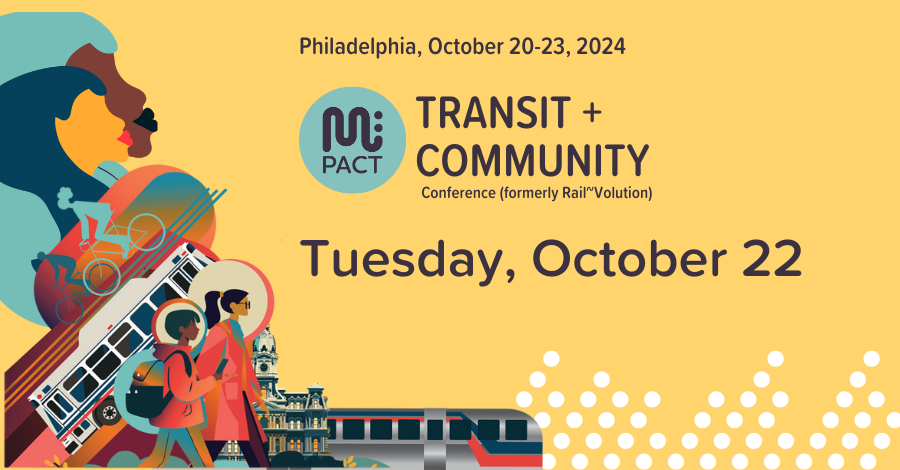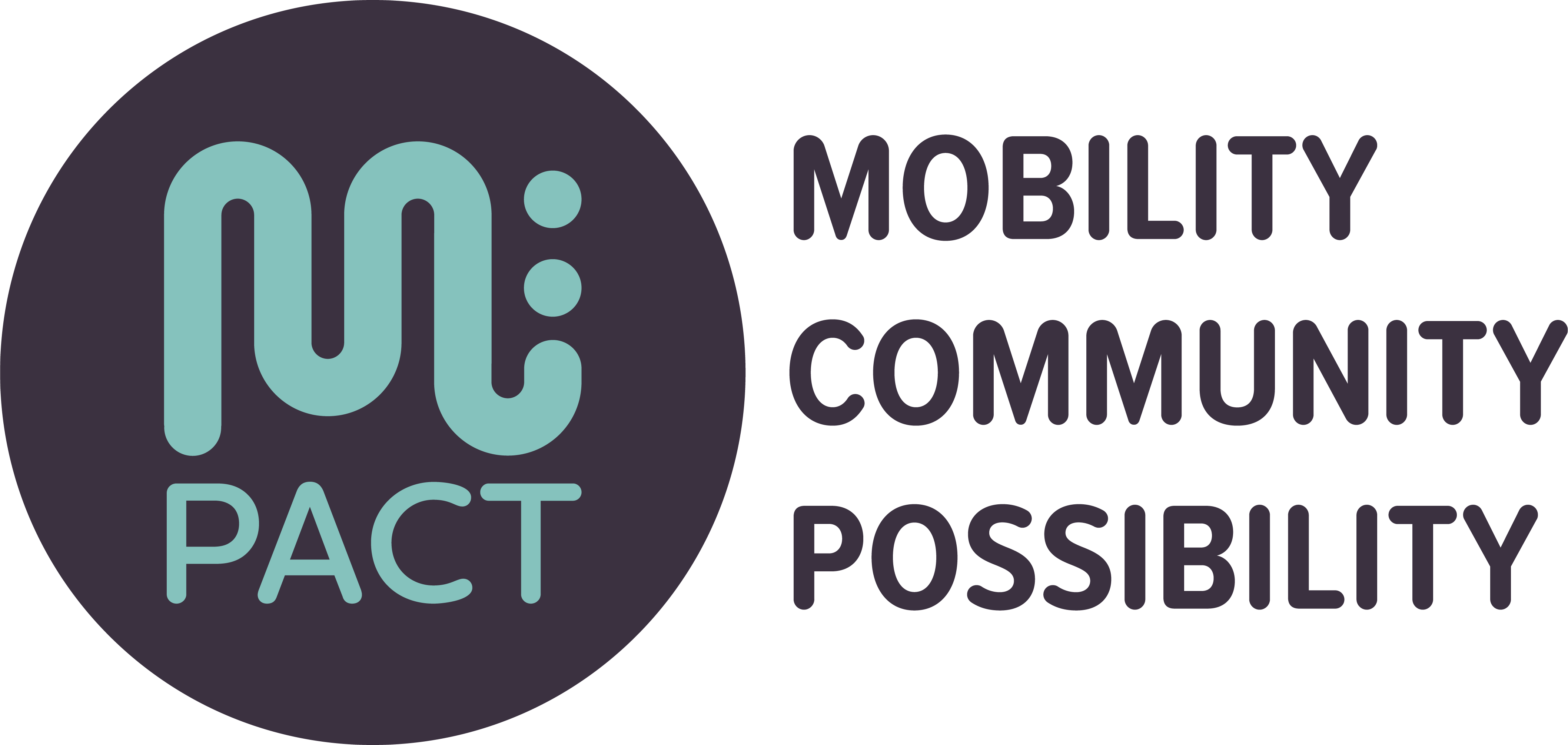
Land Use for Climate Action: Strategy, Funding, Impacts
The transportation sector is the largest source of greenhouse gas emissions in the United States. These emissions contribute to the global climate crisis. To meet our climate goals defined under the Paris Agreement, the US must eliminate nearly all greenhouse gas emissions economy-wide by 2050. Transportation electrification and fuel efficiency alone are not enough to reduce transportation sector emissions. We must provide for a future of compact development, human-centered design and a convenient, accessible transportation system for all. The US National Blueprint on Transportation Decarbonization provides a unified federal strategy that lifts up the criticality of smart land use as a climate solution, specifically through transit-oriented development, active transportation infrastructure and innovative system planning. Hear how it works, from strategy to implementation, through federal programs and funding opportunities from the US Department of Transportation and Department of Housing and Urban Development. We’ll also highlight analysis, modelling and evaluation of impacts led by the Department of Energy and the National Renewable Energy Laboratory.
Program Note: The Tuesday afternoon session, Town Hall: Perspectives on the USDOT Blueprint For Transportation Decarbonization, is a follow up to this session, but also stands on its own
Moderator: Liya Rechtman, Policy Advisor, U.S. Department of Transportation, Washington, DC
Ann Shikany, Deputy Assistant Secretary – Transportation Policy, U.S. Department of Transportation, Washington, DC
Kera Package, Deputy Assistant Secretary, Office of Community Planning and Development, US Department of Housing and Urban Development, Washington, DC
Christopher Hoehne, PhD Moblility Systems Research Scientist, National Renewable Energy Laboratory, Golden, CO


